It is perhaps Mindanao’s most modern museum but unlike its counterparts in the region, Museyo Kutawato takes charge not only of its own identity but owning its narrative and telling its tri-peoples’s stories in the form of their shared histories, struggles, and aspirations. Tri people is a buzzword in these parts and refer to the Lumads, the Muslims and Christians living together in this region.
When I lived in Davao City in 2000-2004, I only had a limited amount of travels to North Cotabato, often passing by the province to and from Cotabato City and the most vivid memories I have are buying the delicious marangs along the road in Makilala, one of its municipalities. The marang from this town is one of the best I have tasted, succulent, plump and sweet. When Museyo Kutawato opened, an opportunity to visit the province again happened.
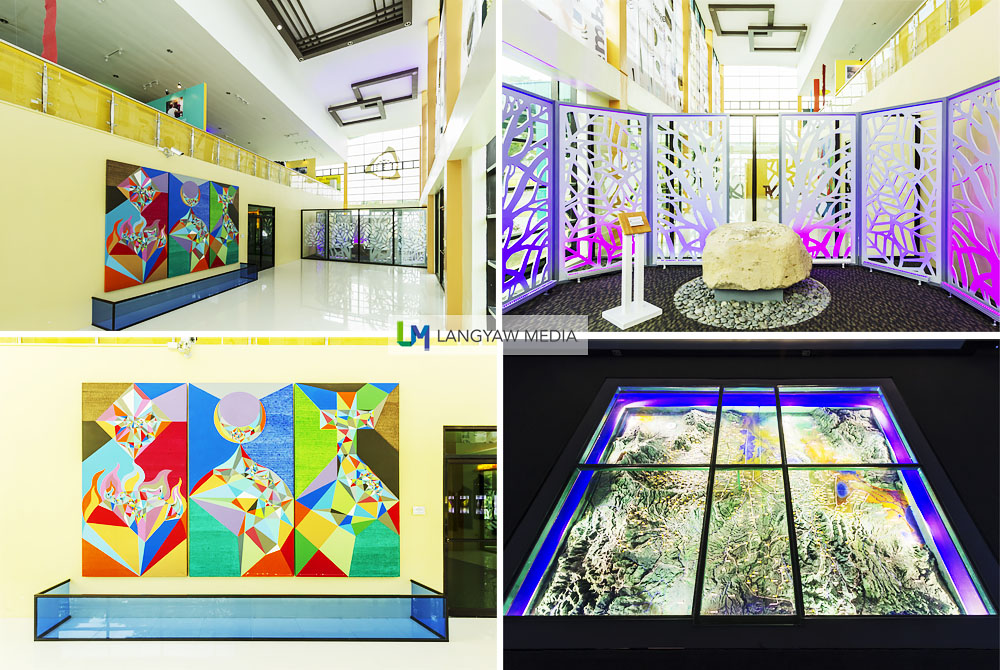
The search for Centennial Hierlooms
In 2014, Gov. Emmylou Taliño-Mendoza, then on her second term, initiated the search for the province’s centennial heirlooms. These are important pieces, usually ordinary things or important ritual objects (for Lumads) that when taken together and in their proper context will tell the history of its people. The response was unexpected and several important pieces were gathered. This started the idea of having a provincial museum to showcase these items. The following year, selected staff from the capitol had a three-week workshop conducted by Antonio Montalvan II, now the curatorial consultant,. And from there, as they say, is history.
It was no easy task. The staff were guided on what the museum’s objective should be and how the curatorial process is done. What makes this part important was that it was the staff themselves who decided what kind of stories that the museum should tell and what direction it should take. After the workshop, the staff reached out to the different lumad groups, the different Muslim and Christian families. It also involved immersion within the communities to better understand their lives and culture. Sometimes involved pleading for important items that eventually found their way in the museum.
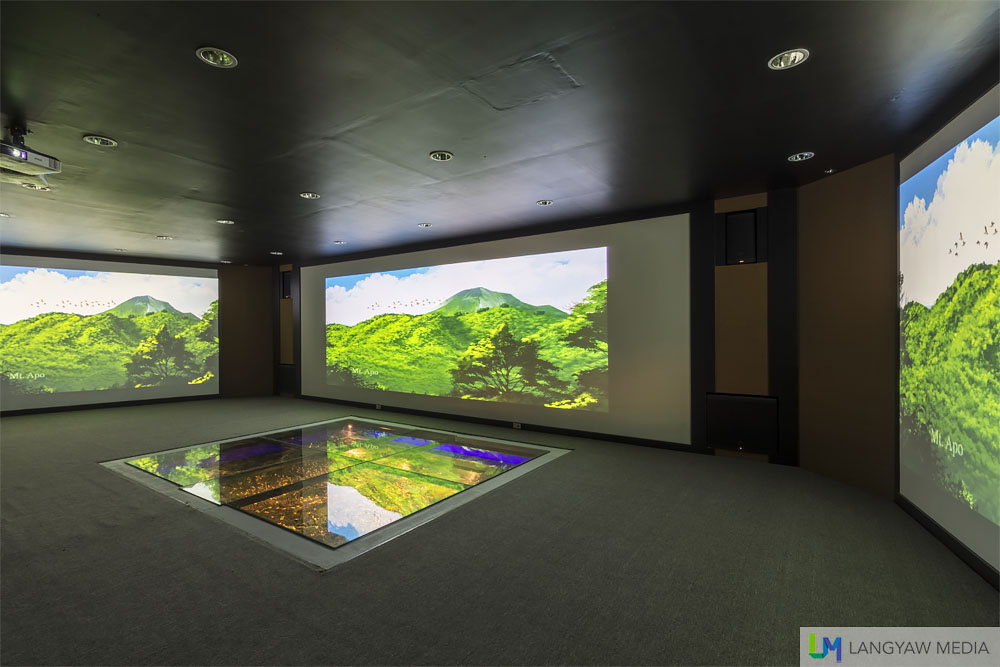
The museum
Museyo Kutawato is a two-level museum in a beautiful emerald building. It has a different take on what we usually have of a museum. While most make it a glorified storage room, with labels and short historical narratives, Museyo Kutawato takes the opportunity to tell its own people’s stories through nine sections.
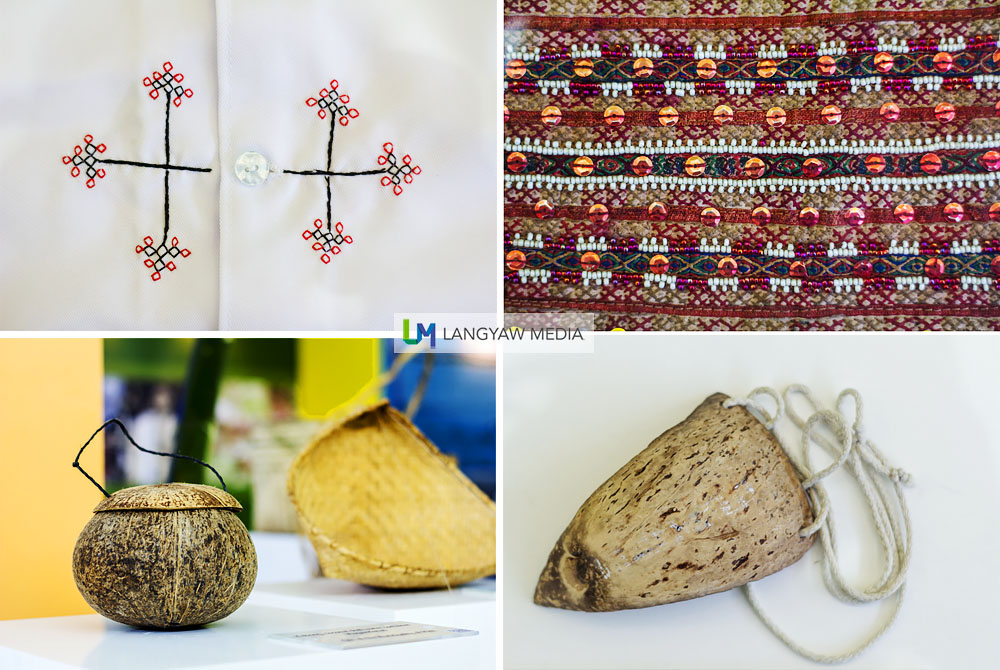
The first floor consists of a small exhibition room with paintings done by local artists. The visitor then starts at an enclosed and airconditioned room with a projected digital animation. It tells of the story of the brothers Mamalu and Tabunaway, legendary ancestors of this part of Mindanao. When Islam arrived, Tabunaway converted and Mamalu moved to the mountains and continued with his beliefs. Although they parted ways, they vowed to live in harmony.

At the second floor
The bulk of the museum material is at the second level. One goes through a ramp that starts with a ritual stone where you offer a coin. The next section comprises of historical highlights with archival maps and artifacts pointing to prehispanic trade with Indian and Chinese pieces unearthed in the region, amongst other things and even contact with European royalty. There are jars and ceramics, even Hindu ceremonial pieces unearthed from different sites. There’s also a jar with an anthropomorphic lid that serves as a secondary burial receptacle.
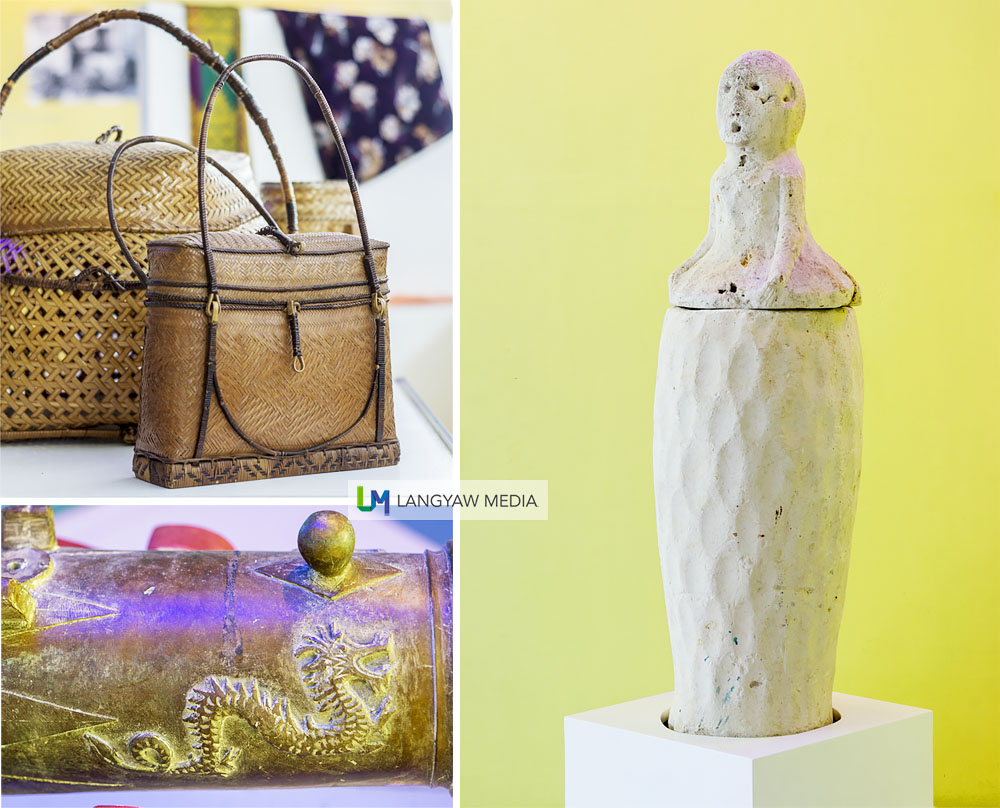
The next section highlights the five major ethnic tribes: Erumanen Manuvu, Iranun, Magindanaw, Tinananen and Bagobo Tagabawa as well as the several subtribes. There is a rich representation of clothing, daily and ritual pieces, weapons and crafts. Rich embroidered and beaded tops, including a chastity cover, elegant kris and swords as well as brass trays and receptacles. But perhaps, the most interesting and a bit unsettling are the succeeding sections that tackle the Christian migration, the dispossession of the Muslims during the American period and the struggles from the local wars and movements in the second half of the 20th century.

Prepare to be unsettled

Museyo Kutawato does not only showcase the obvious through artifacts but includes the struggles of the region. One striking note that visitors will surely learn was about the settling of Mindanao. The settlers were mostly Ilongos, Ilocanos and Cebuanos who were warmly welcomed with gifts by the Muslim and Lumad inhabitants. There were communal brass trays, gongs, betel nut cases, wooden chests and other valuables. There were even spears for protection. It makes one realize that at the start, there was harmony and peace. It was when the American government started the dispossession of the Muslims of their lands through discriminatory legislation that all these problems seem to start and continue to reverberate till today. The Commonwealth Period followed with more oppressive laws.
The museum advances to the second half of the 20th century. It showcases the struggles of that time, from the Ilaga Movement, that fomented the Manero Brothers and their killing of Fr Tullio Favali, to political developments and wars. One thing that is a reality to these people is the ‘bakwit.’ It’s a Cebuano term for ‘evacuate.’ Because of the many armed encounters between the military and Muslim separatists, its the tri-people who have to bear the brunt of this atrocities. To evacuate their homes and places to escape these armed standoffs. But even huddled together in evacuation centers, these people always try to live in harmony.
Interactivity
What I like about this museum is the interactivity. There are some parts of the museum that asks for the visitor’s participation. It thus enriches the guest’s journey of discovering the space and its many stories. There’s the ballot box wherein you symbolically put your vote. Muslims were only allowed to vote in the 1950s. There’s the wall where you write your name, as commitment for peace in Mindanao. And many others. There are also small but rich details like captions in English, Cebuano and Lumad languages.
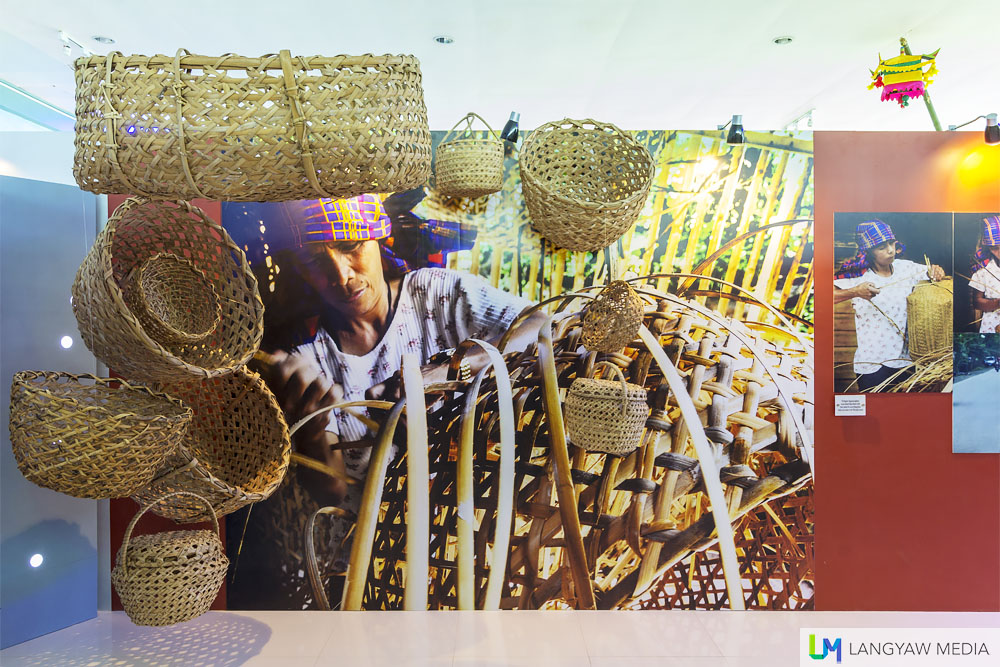
Museyo Kutawato is a beautiful museum that offers the rich cultural and social tapestry found in the province. It aims to be a promoter and keeper of this proud heritage. Although there are hard, bitter truths, it ends with a hopeful note. That the tri-people that comprise this land are always there, keeping the harmony, hoping and working for peace.
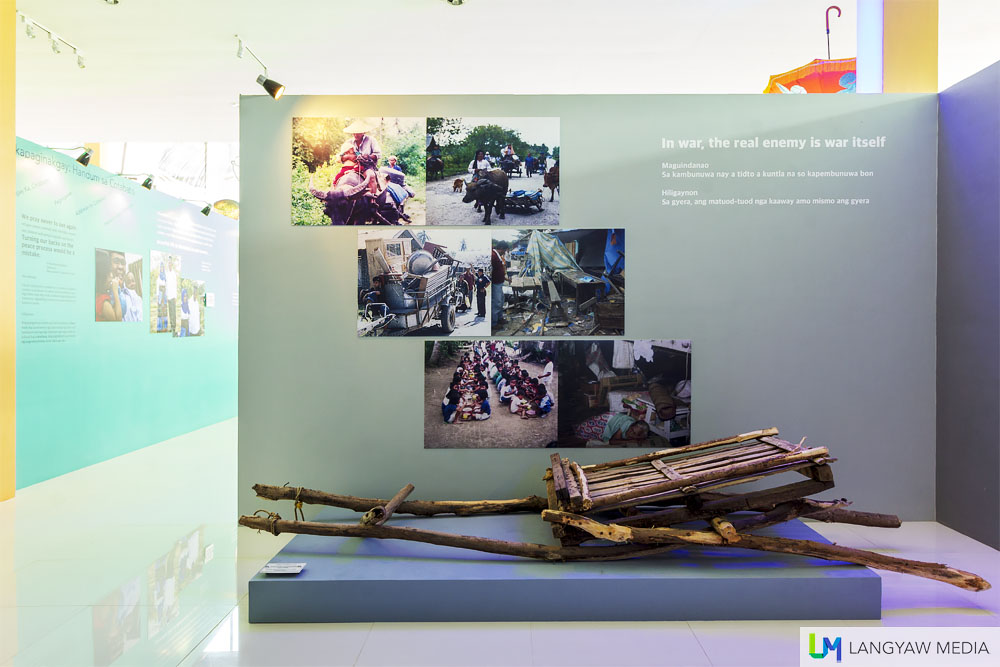
Museyo Kutawato
North Cotabato Provincial Compound
Brgy Amas, North Cotabato




You wrote: “The following year, selected staff from the capitol had a three-week workshop conducted by Antonio Montalvan II, now the curatorial consultant,. And from there, as they say, is history.”
I am writing an article on Montalvan and he told me that he was, in his words, the “curatorial facilitator”, not curatorial consultant. Also, he said the workshop took three years.
Comments are closed.